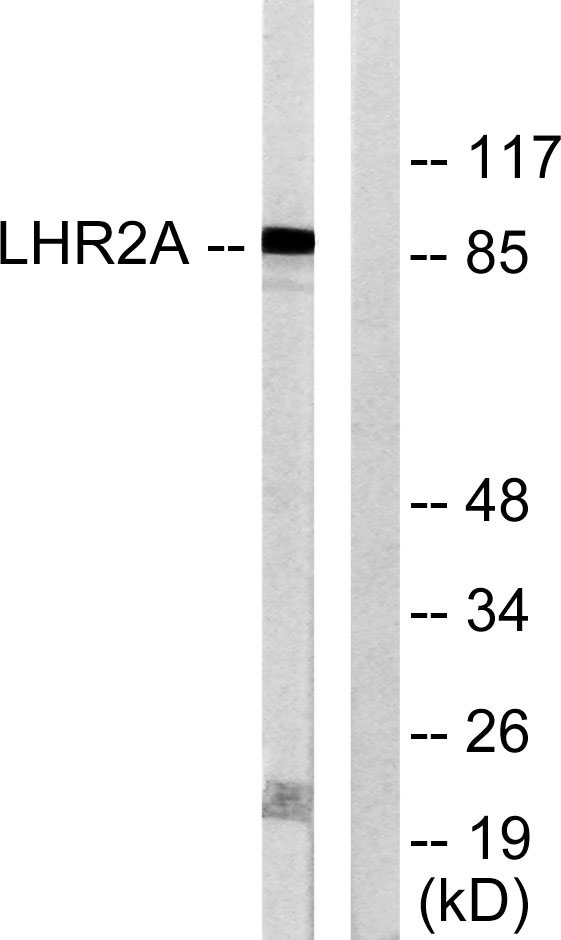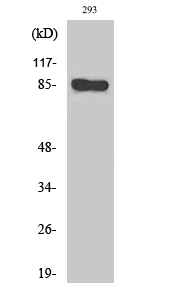产品名称
BCSC-1 Rabbit Polyclonal Antibody
别名
VWA5A; BCSC1; LOH11CR2A; von Willebrand factor A domain-containing protein 5A; Breast cancer suppressor candidate 1; BCSC-1; Loss of heterozygosity 11 chromosomal region 2 gene A protein
蛋白名称
von Willebrand factor A domain-containing protein 5A
存储缓冲液
Liquid in PBS containing 50% glycerol, 0.5% BSA and 0.02% New type preservative N.
Human Gene Link
http://www.ncbi.nlm.nih.gov/sites/entrez?db=gene&term=4013
Human Swissprot No.
O00534
Human Swissprot Link
http://www.uniprot.org/uniprotkb/O00534/entry
Mouse Swissprot No.
Q99KC8
Mouse Swissprot Link
http://www.uniprot.org/uniprot/Q99KC8
免疫原
The antiserum was produced against synthesized peptide derived from human LHR2A. AA range:371-420
特异性
BCSC-1 Polyclonal Antibody detects endogenous levels of BCSC-1 protein.
稀释度
WB 1:500 - 1:2000. ELISA: 1:20000. Not yet tested in other applications.
宿主
Polyclonal, Rabbit,IgG
背景介绍
VWA5A (von Willebrand factor A domain containing 5A), also known as BCSC-1 (breast cancer suppressor candidate 1) or LOH11CR2A (loss of heterozygosity 11 chromosomal region 2 gene A protein), is a 786 amino acid protein containing one VIT domain and one VWFA domain. VWA5A is expressed at low levels in various tissues, with no expression found in 80% of tumor cell lines. Likely acting as a tumor suppressor gene, deletion of VWA5A leads to loss of heterozygosity (LOH) in breast and ovarian tumors, and may have an important role as a potential gene therapy target. Abnormal expression of VWA5A may lead to an increase in adhesion of CNE-2L2 cells associated with an increase in expression of E-cadherin, alpha-catenin, and p53, resulting in a decrease of malignant activity in cells with ectopic expression of VWA5A. Existing as four alternatively spliced isoforms, the gene encoding VWA5A maps to human chromosome 11q24.2.
组织表达
Expressed at low level in many tissues. Not expressed in 80% of tumor cell lines tested.
细胞定位
nucleus,nucleoplasm,
纯化
The antibody was affinity-purified from rabbit antiserum by affinity-chromatography using epitope-specific immunogen.


